Choosing the Right Wood for Your Woodworking Projects
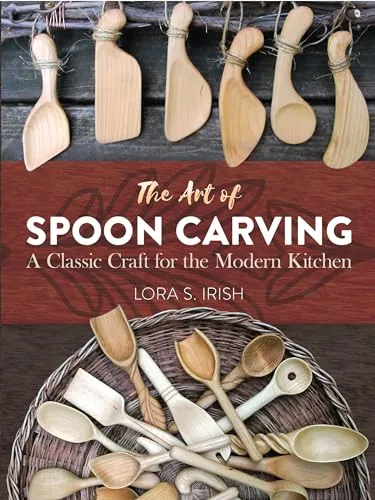
Hello there, woodworking enthusiasts! We know how exciting it can be to embark on a new woodworking project. The smell of fresh sawdust, the satisfaction of creating something with your own hands, and the beauty of a finished piece – it’s all truly magical. But here’s the thing – choosing the right wood for your woodworking projects can sometimes feel like a daunting task, especially if you’re not quite sure where to start. That’s why we’re here to help! In this blog post, we’ll guide you through the process of selecting the perfect wood for your projects, so you can bring your woodworking visions to life with confidence. So, grab your cup of coffee, sit back, and let’s dive into the world of wood together!
Discover the Most Popular Woodworking Art Pieces That Everyone is Raving About!
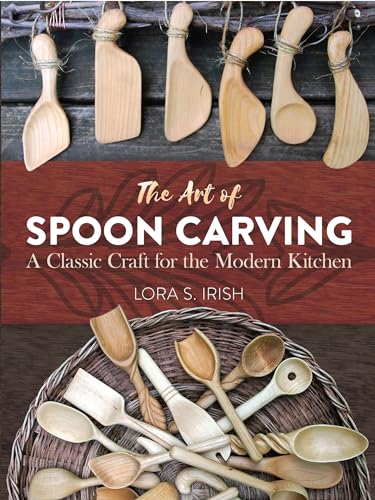
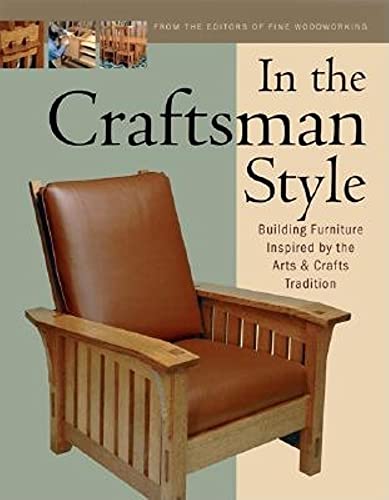
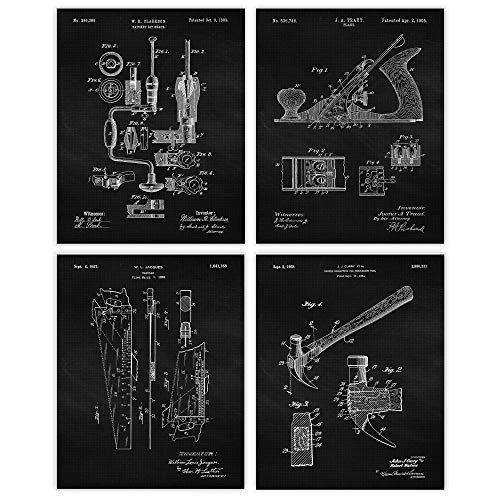
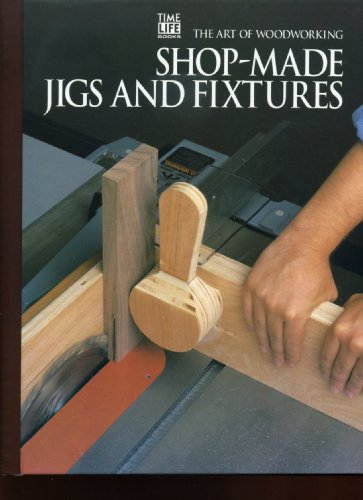
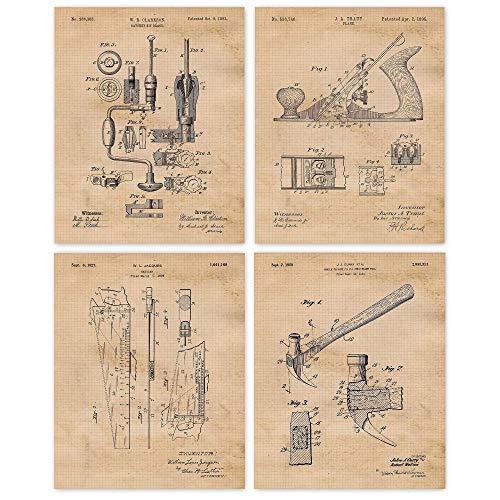

Understanding Wood Types
When it comes to woodworking projects, choosing the right wood is crucial. The type of wood you use can greatly affect the outcome of your project in terms of aesthetics, durability, and ease of working. In this blog section, we will explore the various types of wood commonly used in woodworking, highlighting their characteristics, strengths, and weaknesses. Armed with this knowledge, you’ll be able to make an informed decision and select the perfect wood for your next project.

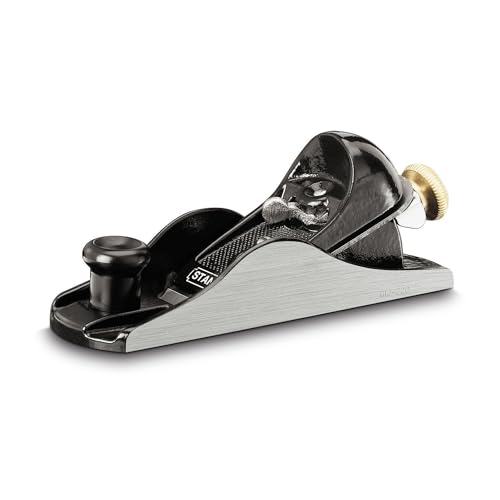
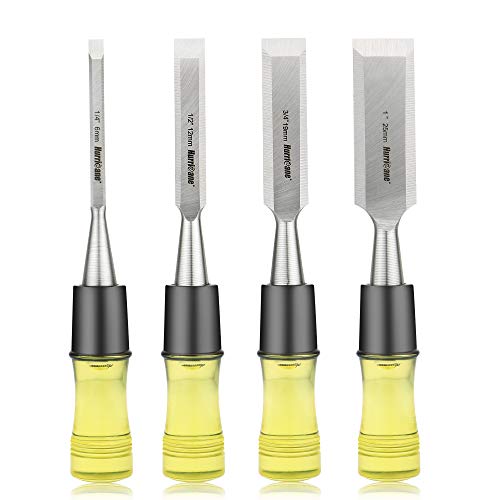
1. Softwood vs. Hardwood
Wood can be broadly categorized into two main types: softwood and hardwood. Understanding the differences between these two will help you determine which one is best suited for your project.
Softwood
- Softwood comes from coniferous trees, such as pine, fir, and cedar.
- It is generally less dense and lighter in weight than hardwood.
- Softwood is easier to work with, making it ideal for beginners or those who prefer simpler woodworking projects.
- It is widely used for construction purposes, outdoor furniture, and framing.
- Examples: Pine, Fir, Cedar
Hardwood
- Hardwood is derived from deciduous trees, such as oak, mahogany, and walnut.
- It is denser and heavier than softwood, offering greater strength and durability.
- Hardwood is often preferred for furniture making, flooring, and intricate woodworking projects.
- It has a wider range of colors and grain patterns, allowing for more design options.
- Examples: Oak, Mahogany, Walnut
2. Common Wood Species
Within the softwood and hardwood categories, there are numerous wood species to choose from. Here are some popular ones along with their notable characteristics:
Pine
- Softwood with a light color and straight grain.
- Easy to work with and widely available.
- Affordable option for furniture, cabinets, and trim.
- Can be prone to dents and scratches.
- Commonly used in construction and DIY projects.
Oak
- Hardwood with a distinctive grain pattern.
- Highly durable and resistant to wear and tear.
- Used in furniture making, cabinets, and flooring.
- Available in various finishes and stains.
- Example: White Oak, Red Oak
Maple
- Hardwood with a pale color and fine grain.
- Known for its strength and durability.
- Often used for kitchen cabinets, flooring, and musical instruments.
- Provides a smooth, even surface when finished.
- Example: Hard Maple, Soft Maple
Walnut
- Hardwood with a dark, rich color and unique grain patterns.
- Highly prized for its beauty and elegance.
- Ideal for high-end furniture, cabinetry, and decorative items.
- Can be expensive due to its scarcity and popularity.
- Example: American Black Walnut
3. Comparing Wood Types
To help you make a quick comparison between different wood types, here is a handy table outlining some key points:
| Wood Type | Strength | Durability | Aesthetics | Common Uses |
|---|---|---|---|---|
| Pine | Medium | Moderate | Simple | Construction, furniture |
| Oak | High | High | Distinctive | Furniture, cabinets, flooring |
| Maple | High | High | Smooth | Cabinets, flooring, instruments |
| Walnut | High | High | Elegant | Furniture, cabinetry, decorative items |
By considering these factors, you can choose the wood type that best aligns with your project’s requirements and your personal preferences.
In conclusion, understanding the characteristics, strengths, and weaknesses of different wood types is essential for successful woodworking projects. Whether you opt for softwood or hardwood, each type has its unique properties that can enhance the beauty and functionality of your creations. So, take your time, explore the options, and select the perfect wood for your next masterpiece!
Factors to Consider
When it comes to woodworking projects, choosing the right wood is essential for achieving the desired outcome. There are several factors that you need to consider in order to make an informed decision. In this article, we will explore the key factors that should guide your wood selection process.
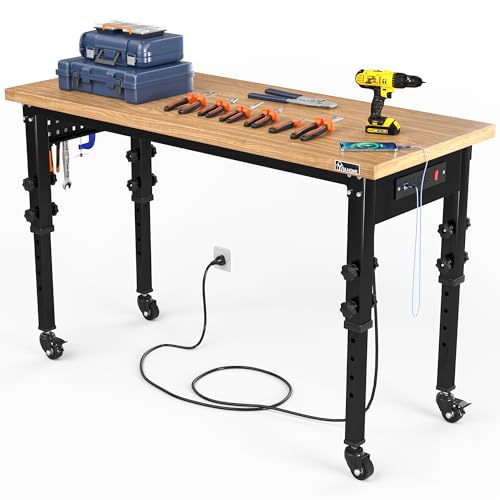

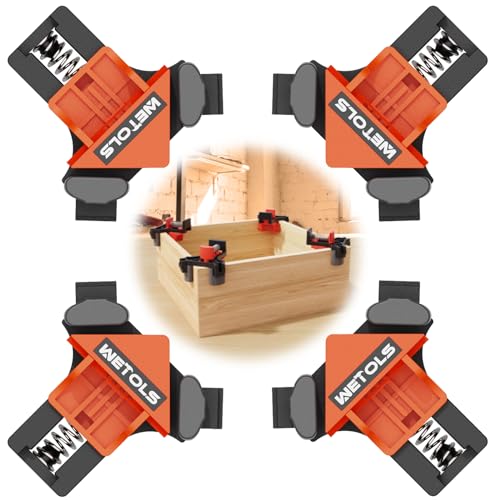
Durability
Durability is an important factor to consider when selecting wood for your woodworking projects. Different types of wood have varying levels of durability, which can affect the lifespan and overall quality of your finished piece. Some woods, such as oak and teak, are known for their exceptional durability and ability to withstand wear and tear. On the other hand, softer woods like pine may be more prone to dents and scratches. Consider the intended use of your project and choose a wood that can withstand the demands of that particular application.
Grain Pattern
The grain pattern of wood can greatly impact the appearance of your finished piece. The natural patterns and variations in wood grain can add character and beauty to your project. Some wood species, like mahogany or walnut, have distinct and visually appealing grain patterns that can enhance the overall aesthetics. Others, such as maple or birch, have a more subtle grain pattern that can lend a clean and contemporary look. Consider the style and design of your project, and choose a wood with a grain pattern that complements your vision.
Cost
Cost is another important factor to consider when selecting wood for your woodworking projects. The price of wood can vary significantly depending on factors such as rarity, availability, and demand. Exotic woods, such as padauk or ebony, are often more expensive than common domestic woods like pine or oak. Consider your budget and choose a wood that aligns with your financial resources. Keep in mind that there are also alternative options available, such as engineered wood products, that can offer cost-effective alternatives without compromising on quality.
Availability
Availability plays a crucial role in your wood selection process. Some wood species may be readily available in your local area, while others may require special ordering or sourcing. Consider the accessibility of different wood types and the impact it may have on your project timeline and cost. If you have a specific wood species in mind and it is not easily accessible, you may need to be flexible and explore other options that offer similar characteristics.
Intended Use
The intended use of your finished piece is a key consideration when selecting wood. Different projects have different requirements in terms of strength, moisture resistance, and stability. For example, if you are building outdoor furniture that will be exposed to the elements, you may want to choose a wood species like cedar or teak that naturally resist rot and decay. On the other hand, if you are crafting delicate indoor furniture, a hardwood like cherry or maple may be a better choice for its stability and longevity.
In conclusion, selecting the right wood for your woodworking projects involves considering factors such as durability, grain pattern, cost, availability, and the intended use of your finished piece. By carefully evaluating these factors, you can make an informed decision and ensure that your project turns out exactly as you envisioned.
Key Takeaways:
- Durability: Consider the lifespan and wear resistance of different wood species.
- Grain Pattern: Choose a wood with a grain pattern that enhances the aesthetics of your project.
- Cost: Align your wood selection with your budget.
- Availability: Consider the accessibility and availability of different wood types.
- Intended Use: Select a wood species that meets the specific requirements of your project.
Popular Wood Choices
When it comes to woodworking, choosing the right wood is essential for the success of your project. The type of wood you select will determine the durability, appearance, and overall quality of the finished piece. In this blog section, we will explore some of the most popular wood choices and their unique features, applications, and suitability for different projects. Let’s dive in!
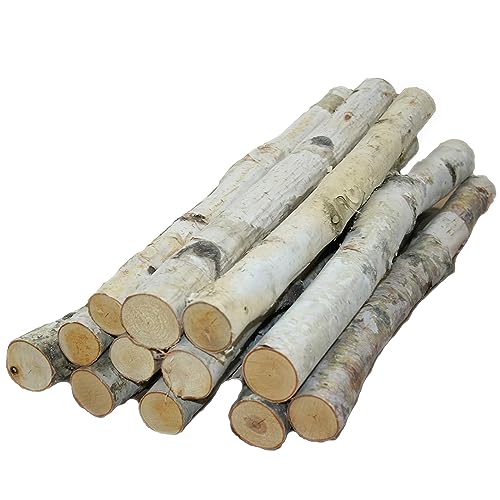
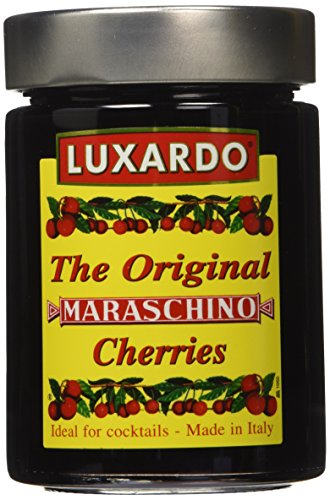
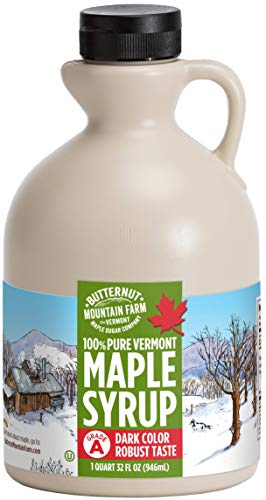
Oak: Timeless Beauty and Durability
- Unique Features: Oak is known for its natural strength and durability, making it an ideal choice for furniture and flooring. It has a distinctive grain pattern and is available in two varieties: red oak and white oak.
- Applications: Oak is commonly used for making cabinets, tables, chairs, and hardwood floors. With its excellent wear resistance, it can withstand heavy usage and maintain its beauty for years.
- Best Suited For: If you’re looking for a wood that can handle heavy-duty applications while adding a touch of elegance, oak is the way to go.
Walnut: Richness and Elegance
- Unique Features: Walnut wood is prized for its rich, dark brown color and striking grain patterns. It has a luxurious feel and a natural luster that enhances the beauty of any piece.
- Applications: Walnut is often used for high-end furniture, flooring, and decorative items. Its versatility allows it to complement both traditional and contemporary designs.
- Best Suited For: If you want to create a statement piece with a touch of sophistication, walnut is an excellent choice.
Pine: Affordable and Versatile
- Unique Features: Pine is a softwood with a pale yellow color and a straight grain pattern. It is lightweight, easy to work with, and readily available, making it a popular choice for beginners and budget-conscious woodworkers.
- Applications: Pine is commonly used for building furniture, shelving, and trim work. It can easily be stained or painted to match any desired style.
- Best Suited For: If you’re starting out in woodworking or looking for an affordable option without compromising on quality, pine is a reliable choice.
Cherry: Warmth and Charm
- Unique Features: Cherry wood boasts a warm reddish-brown hue that darkens and deepens with age. It has a smooth texture and a natural luster that exudes elegance.
- Applications: Cherry is often used for high-end furniture, cabinets, and decorative accents. Its beautiful appearance makes it a popular choice for showcasing fine craftsmanship.
- Best Suited For: If you’re aiming to create a timeless piece with a touch of warmth and charm, cherry wood is an excellent option.
When choosing the right wood for your project, consider factors such as the desired aesthetic, durability requirements, and budget. Each wood type has its own unique characteristics, and understanding them will help you make an informed decision. Here’s a quick comparison table summarizing the key points:
| Wood Type | Unique Features | Applications | Best Suited For |
|---|---|---|---|
| Oak | Strength, durability, grain | Furniture, flooring | Heavy-duty applications |
| Walnut | Rich color, striking grain | High-end furniture, flooring | Statement pieces, sophistication |
| Pine | Affordability, versatility | Furniture, shelving | Beginners, budget-conscious |
| Cherry | Warmth, smooth texture, luster | High-end furniture, cabinets | Timeless pieces, warmth and charm |
Remember, the choice of wood is crucial for the success of your woodworking project. Consider your specific needs and preferences to select the perfect wood that will bring your vision to life. Happy woodworking!
Tips for Working with Different Woods
Woodworking is a rewarding craft that allows you to create beautiful pieces of furniture and other items. However, each type of wood has its own unique characteristics that you need to consider when working with it. In this section, we will provide you with some practical tips and techniques for working with different types of wood.
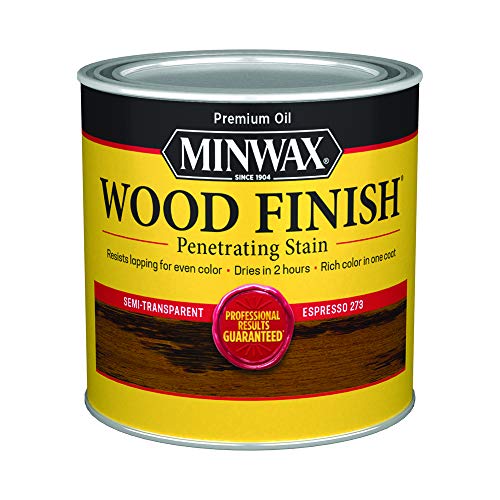
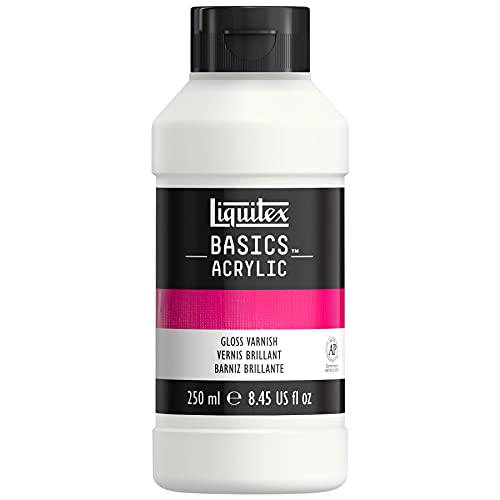
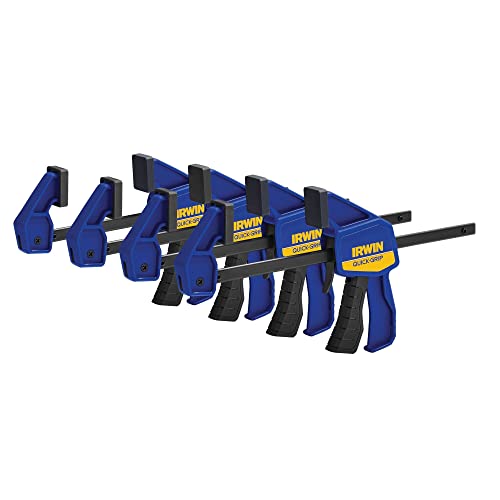
Choosing the Right Wood
Before you start your project, it’s essential to choose the right type of wood for the job. Different woods have different strengths, appearances, and workability. Here are some factors to consider when selecting wood:
- Strength and Durability: Some woods, like oak and maple, are known for their strength and durability, making them suitable for furniture that needs to withstand heavy use. Softer woods, such as pine, are better for decorative items or projects that won’t be subjected to much stress.
- Appearance: The color, grain pattern, and texture of wood can greatly impact the final look of your project. For example, mahogany and cherry are known for their rich, reddish tones, while birch and maple have a lighter, more uniform appearance.
- Workability: Consider how easy or difficult it is to work with a particular type of wood. Some woods, like pine, are easy to cut and shape, making them ideal for beginners. Others, such as walnut, may require more advanced techniques and tools.
Cutting and Shaping Wood
Once you have chosen the right wood for your project, it’s time to start cutting and shaping it. Here are some tips to keep in mind:
- Use the right saw: Different types of wood require different saws. For example, a crosscut saw is ideal for cutting across the grain, while a rip saw is better for cutting along the grain.
- Avoid tear-out: To minimize tear-out, which is when the wood fibers splinter as you cut, use a sharp blade and cut with the grain whenever possible.
- Consider the direction of the wood grain: The direction of the wood grain can affect the strength and appearance of your project. For example, when cutting a tabletop, it’s preferable to have the grain running parallel to the longest dimension for stability.
Joining Wood
Joining wood is an essential step in woodworking. There are various methods you can use, depending on the type of joint you want to create. Here are a few common techniques:
- Butt joints: This is the simplest type of joint, where two pieces of wood are joined by their ends. Reinforce the joint with screws, dowels, or biscuits for added strength.
- Dovetail joints: These interlocking joints are known for their strength and durability. They are often used in drawer construction or to join the corners of boxes.
- Mortise and tenon joints: This classic joint involves cutting a square or rectangular hole (mortise) into one piece of wood and fitting a corresponding projection (tenon) from another piece into it. Mortise and tenon joints are commonly used in furniture making.
Finishing and Enhancing the Wood
The finishing process is crucial for protecting the wood and enhancing its natural beauty. Here are some tips for achieving a professional finish:
- Sanding: Start with a coarse grit sandpaper and gradually work your way up to a finer grit to achieve a smooth surface. Sand in the direction of the wood grain to avoid scratches.
- Staining: If you want to change the color of the wood or enhance its natural tone, apply a wood stain. Make sure to choose a stain that is compatible with the type of wood you are working with.
- Sealing: Applying a sealer or finish is essential to protect the wood from moisture, stains, and wear. There are various options available, such as polyurethane, lacquer, or wax.
Remember to always test your chosen finish on a scrap piece of wood before applying it to your project.
Making informed decisions for a successful woodworking journey
In conclusion, we hope this blog post has provided you with helpful insights into choosing the right wood for your woodworking projects. By considering factors such as wood type, characteristics, project requirements, budget, and personal preferences, you can make an informed decision that will lead to the desired results. Remember, selecting the right wood is key to achieving success in your woodworking endeavors. So go ahead, explore the world of different wood types, and enjoy the process of creating beautiful and unique pieces. Happy woodworking!


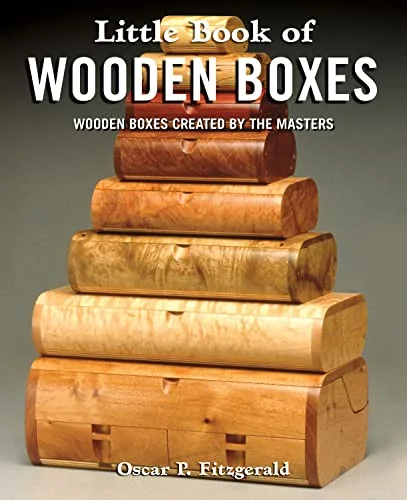
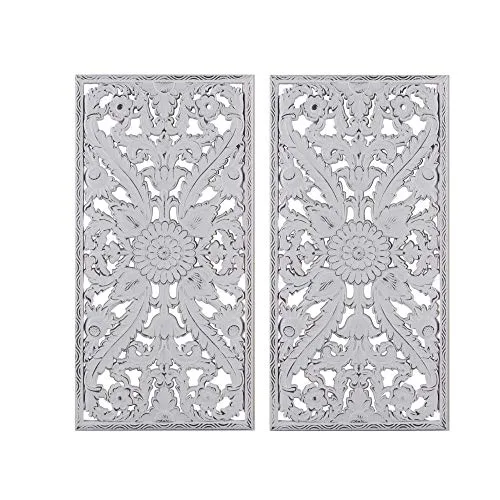
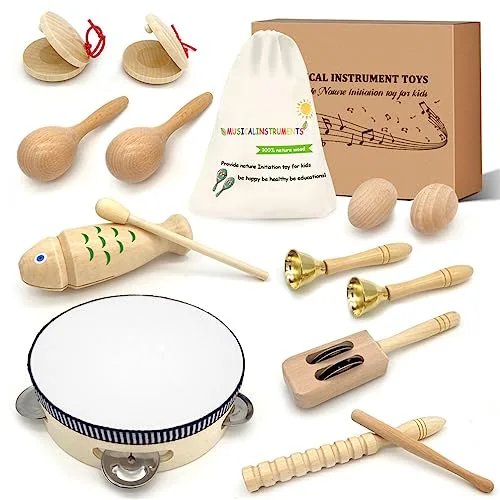
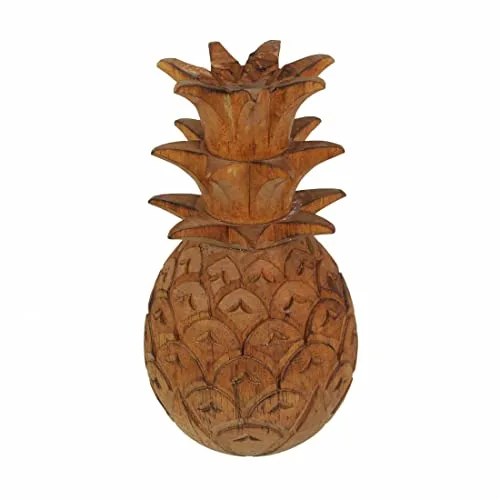
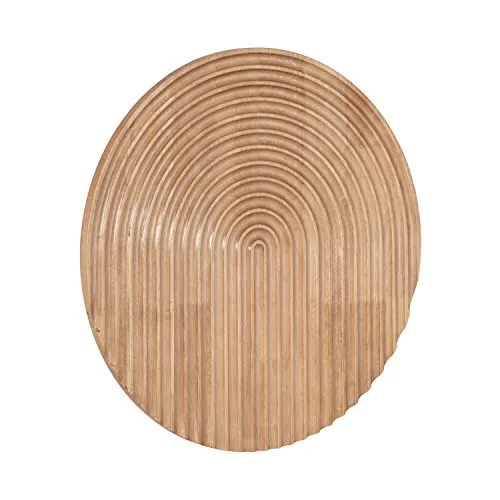
I’m planning to build a dining table. Could you recommend the best type of wood for a project like this?
I find it difficult to distinguish between different wood types. Can you provide some examples or visuals to help with identification?
This article gives a good overview, but I wish there were more details on how to choose wood based on the specific project requirements.
Thank you for your feedback! I apologize for the lack of specific details. I will update the article to include more information on choosing wood based on project requirements.
I’ve heard there’s a lot of debate around using exotic woods due to their impact on the environment. Can you shed some light on this topic?
I recently completed a woodworking project using oak and it turned out great! Thanks for the tips in this article.
That’s fantastic to hear! Oak is a popular choice for woodworking projects. I’m glad the tips in the article were helpful to you.